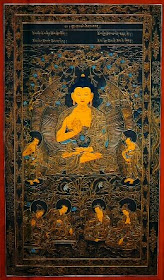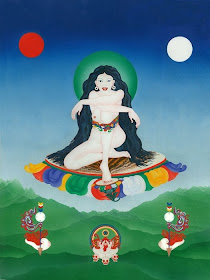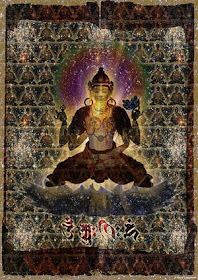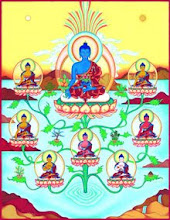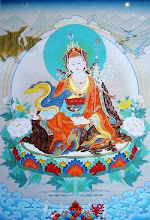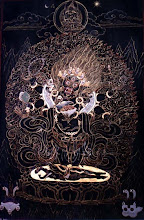Earthlings shows things no sane human wants to watch, things that make you wince, that make your heart shrivel, that leave you feeling drained and stupefied at the horrors perpetrated on a daily basis for nothing more than satisfying the interests and tastes of individual homo sapiens. Many may describe this as a film about animal rights, but the subject is not so much animals as it is humans, not so much about rights as it is the struggle to live compassionately.
 Earthlings
Earthlings opens by laying out its assumptions, beginning with the premise of specieism, a variation on the human habit of assigning heightened moral value to isolated features of our own species, such as race, nationality, or sex. In asserting special rights, humans justify the treatment of animals – as they have done with women or certain ethnic groups – as creatures of less value, less worthy of respect, as in fact not creatures at all but property.
The filmmakers proceed to look at five ways in which animals serve humans: as pets, food, clothing, entertainment, and research subjects. There is a narrative of sorts, but the of images of cruelty and horror tell the real story, a story of suffering on a scale so unimaginable it is overwhelming. Even more disheartening is that much of this suffering is caused not because people are starving, or naked, or without other means of enriching their lives, but because we like the taste of flesh, we like the feel of leather, we like the thrill of the hunt. This is suffering caused for nothing more than fulfillment of sensual desire.
I have been a vegetarian for nearly two years, dating back to my first six-month visit to Nepal, a country with low sanitation and health standards. I stopped eating meat for health reasons. I was not and have not been an animal rights activist, though I do have a great fondness for and interest in animals. I came to this film with an open mind and heart; I now feel traumatized. I don't blame the filmmakers for this. They have simply shown me what is and made me aware of things I ignored. As the filmmakers point out, it's not so much that these truths are hidden. Most of us prefer not to see them.
Consider this.
Earthlings officially premiered in 2005, which means it has been in circulation for at least three years. But if you if google a search string of [earthlings review] you will find most returns are from sites about vegetarianism or animal protection. No reviews from major media or major critics, despite the fact that the producers (without the help of a distributor) put the film in a number of theaters in order for it to be considered for an Academy Award nomination. At the internet's two largest movie databases,
IMBD and
Rotten Tomatoes, the latter has no listing at all, the former no links to external reviews.
If you are prepared for an emotional and intellectual challenge and can withstand the pain of seeing animals, while still alive, having their throats slits, being burnt, beaten, electrocuted, shot, or gassed, then you might like to view or purchase a copy of the film
here. A streaming version good for one week is available for US$2.99.
Man's fate is like that of the animals; the same fate awaits them both: As one dies, so dies the other. All have the same breath; man has no advantage over the animal. Everything is meaningless. All go to the same place; all come from dust, and to dust all return.
Ecclesiastes 3:19-21
#
 This is one of the better films about Zen and for a very simple reason. It doesn't preach and therefore doesn't get bogged down in philosophy and metaphysics. It teaches only by pointing the camera at its subject, the 90-day winter retreat of the nuns of Korea's Baek Hung temple. If you ever wanted to know what a mediation retreat is like, this film will give you a nice taste.
This is one of the better films about Zen and for a very simple reason. It doesn't preach and therefore doesn't get bogged down in philosophy and metaphysics. It teaches only by pointing the camera at its subject, the 90-day winter retreat of the nuns of Korea's Baek Hung temple. If you ever wanted to know what a mediation retreat is like, this film will give you a nice taste.





















